
 0 saved
0 saved
 17K views
17K views








What are you saying 'no' to today? This week? And in your life more generally? Which meetings did you decide not to attend, which product features did you pass on, and which tasks did you decide to throw off your to-do list?
And what are you making space for as a result?
Stephen Covey put this well when he said: “You have to decide what your highest priorities are and have the courage pleasantly, smilingly, and non-apologetically – to say no to other things. And the way to do that is by having a bigger yes burning inside.”
It's not easy. Indeed, with increasing noise and countless competing priorities, it can be stressful, overwhelming, and almost impossible to focus on what really matters. And yet it's exactly the decision of when to say 'no', and where to invest your time and resources that will make the difference to... well, everything.
So how can you effectively prioritise? When should you say 'no'?
Here are some models to help. Be sure to prioritise the ones that work for you the most (see what we did there?).
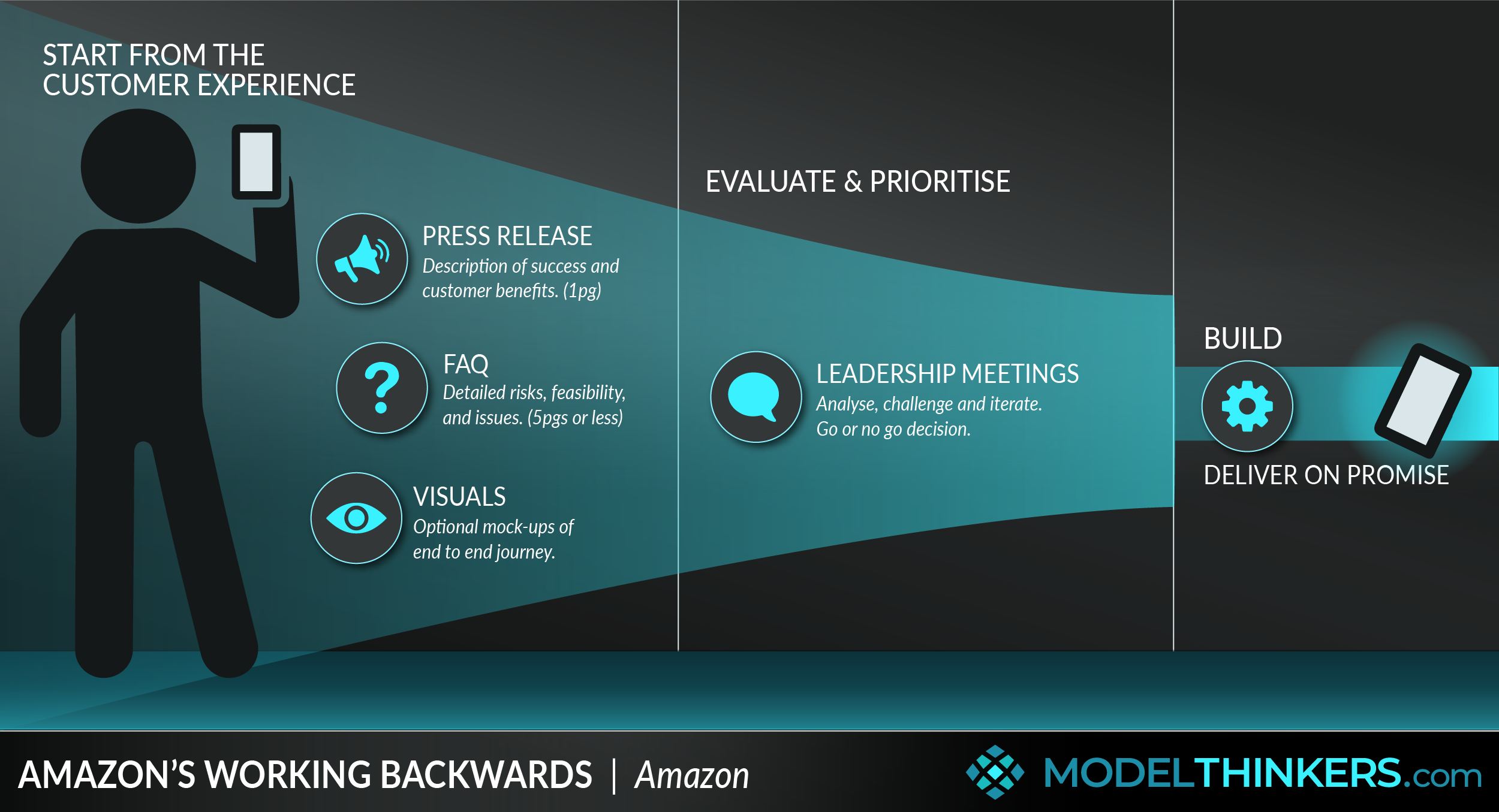
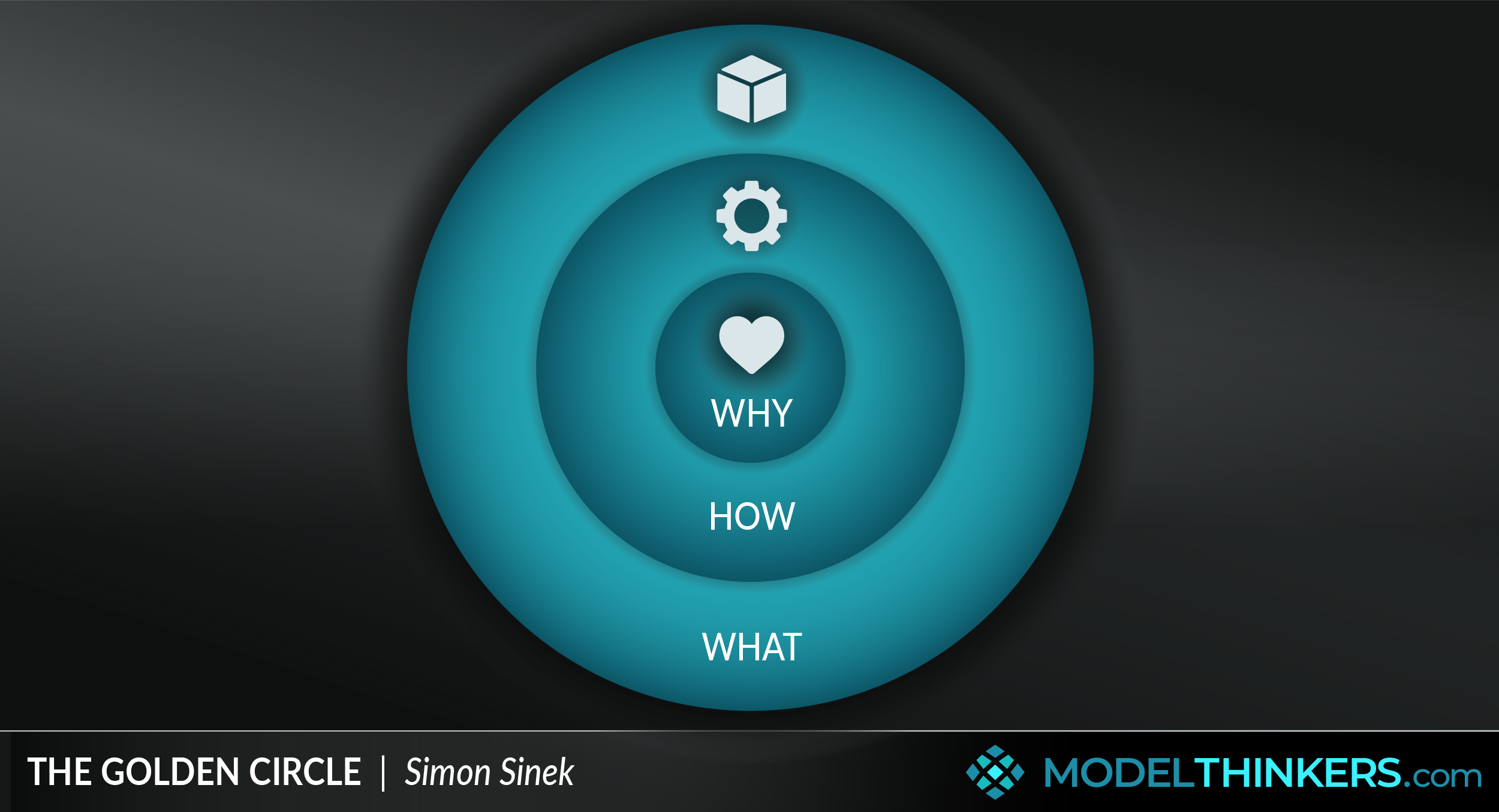
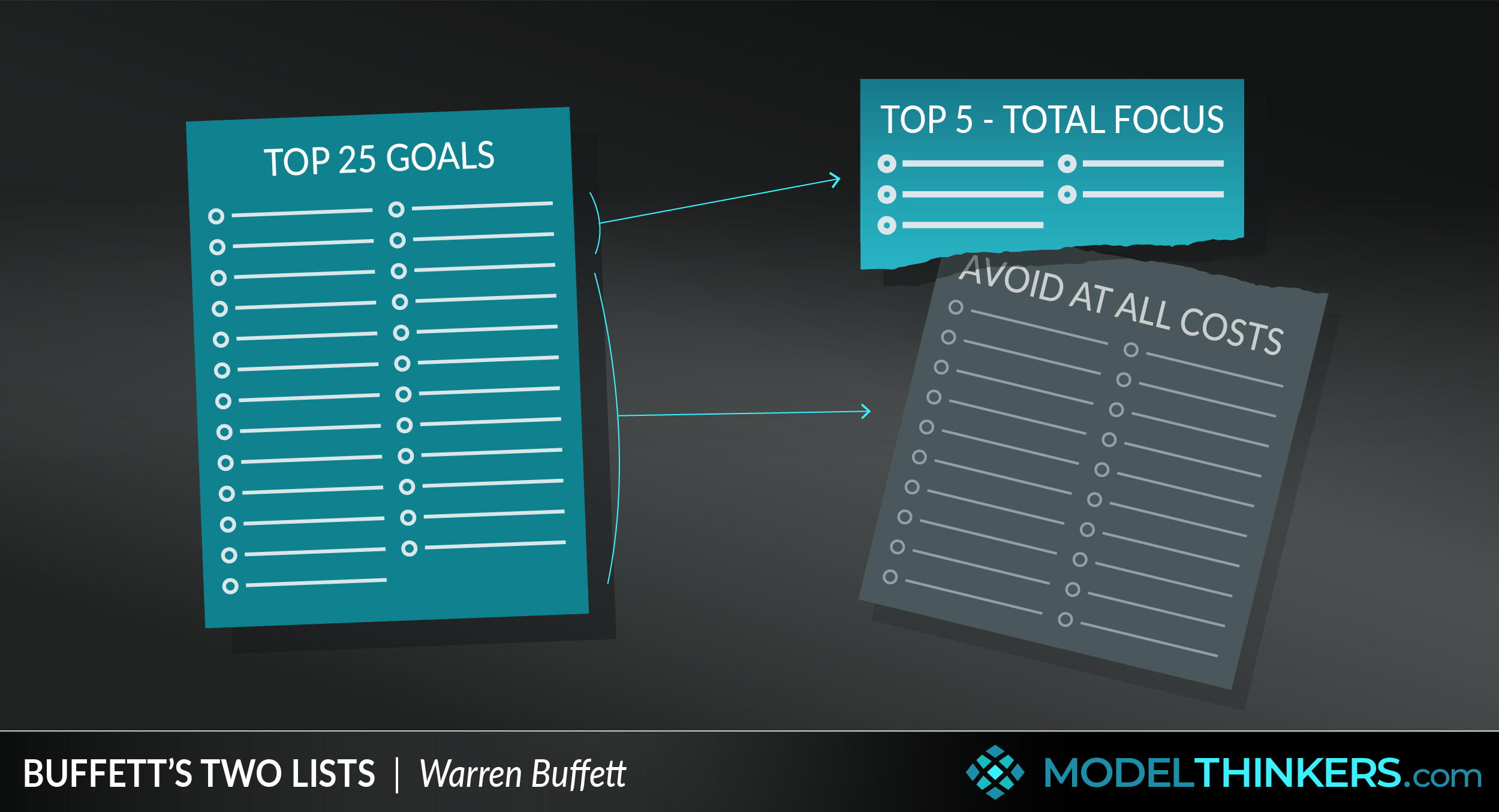
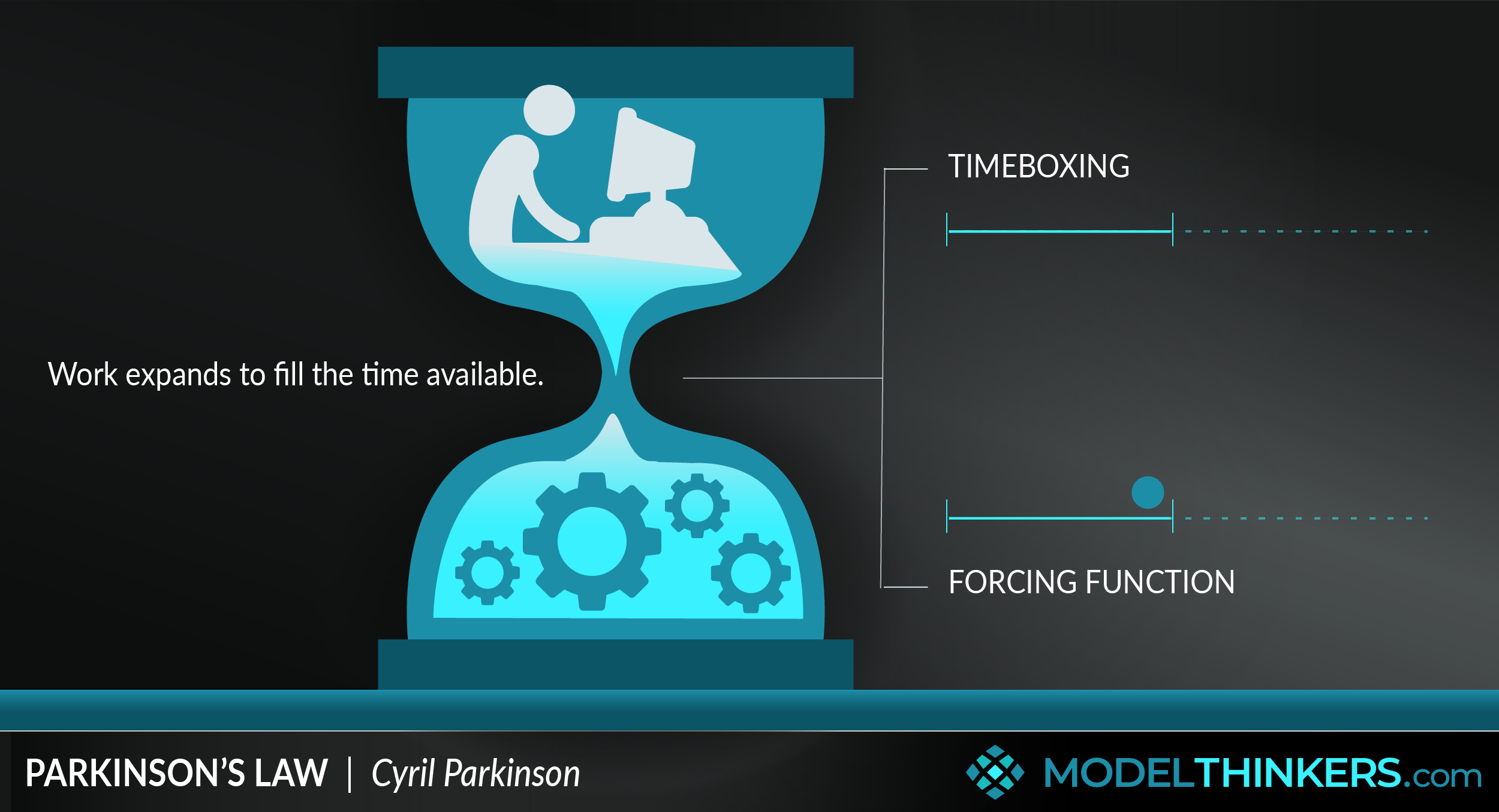
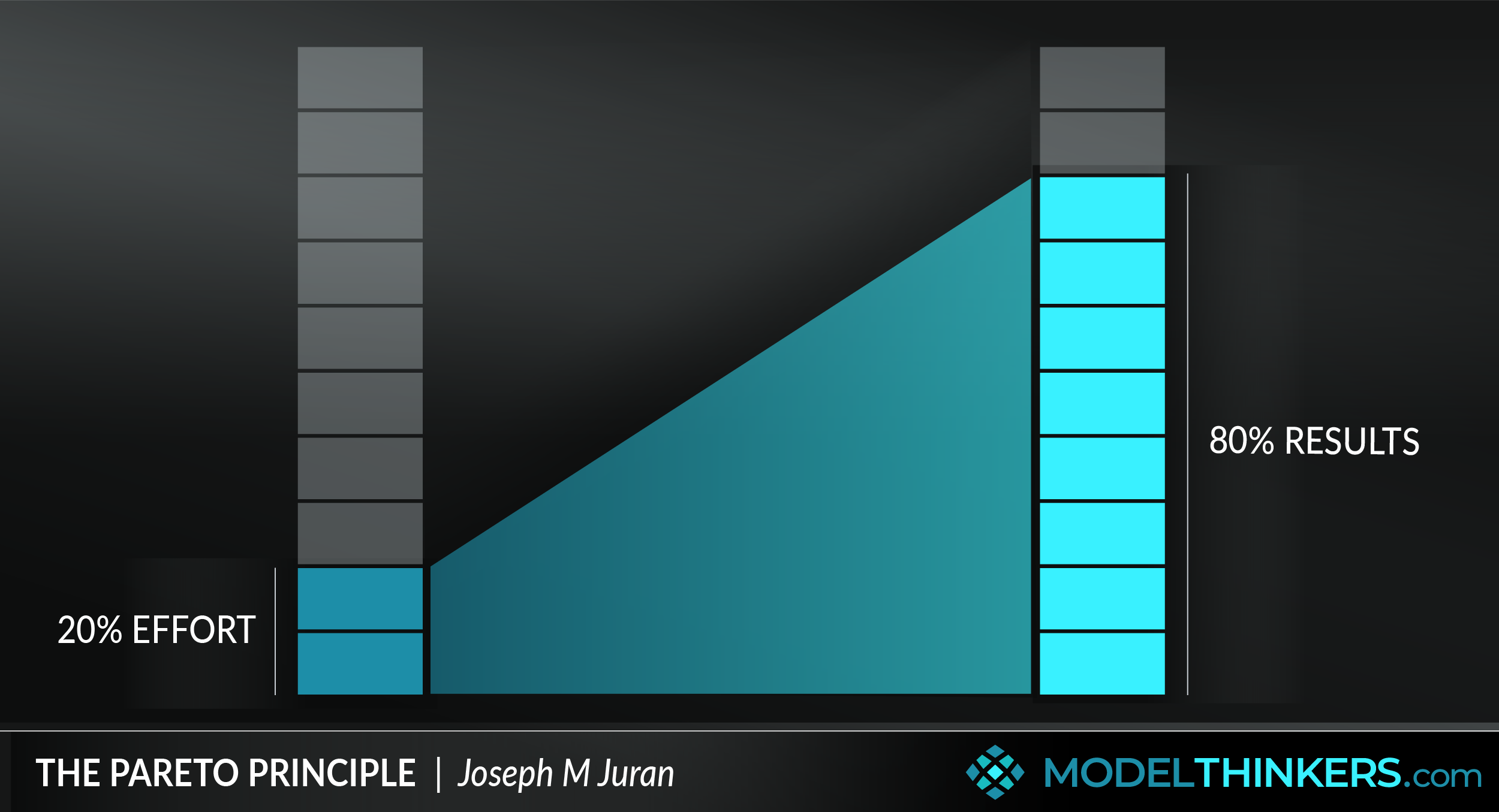
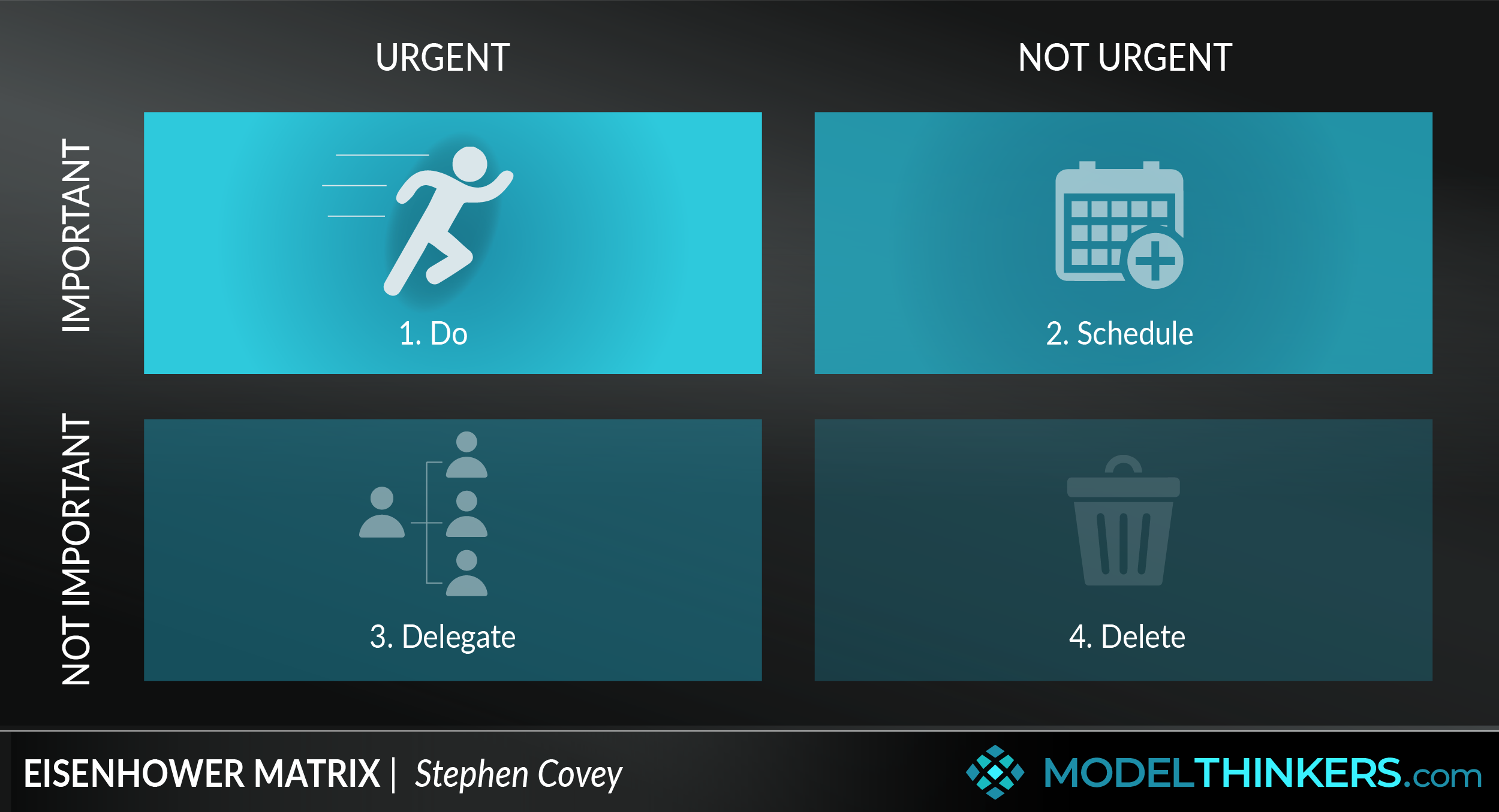
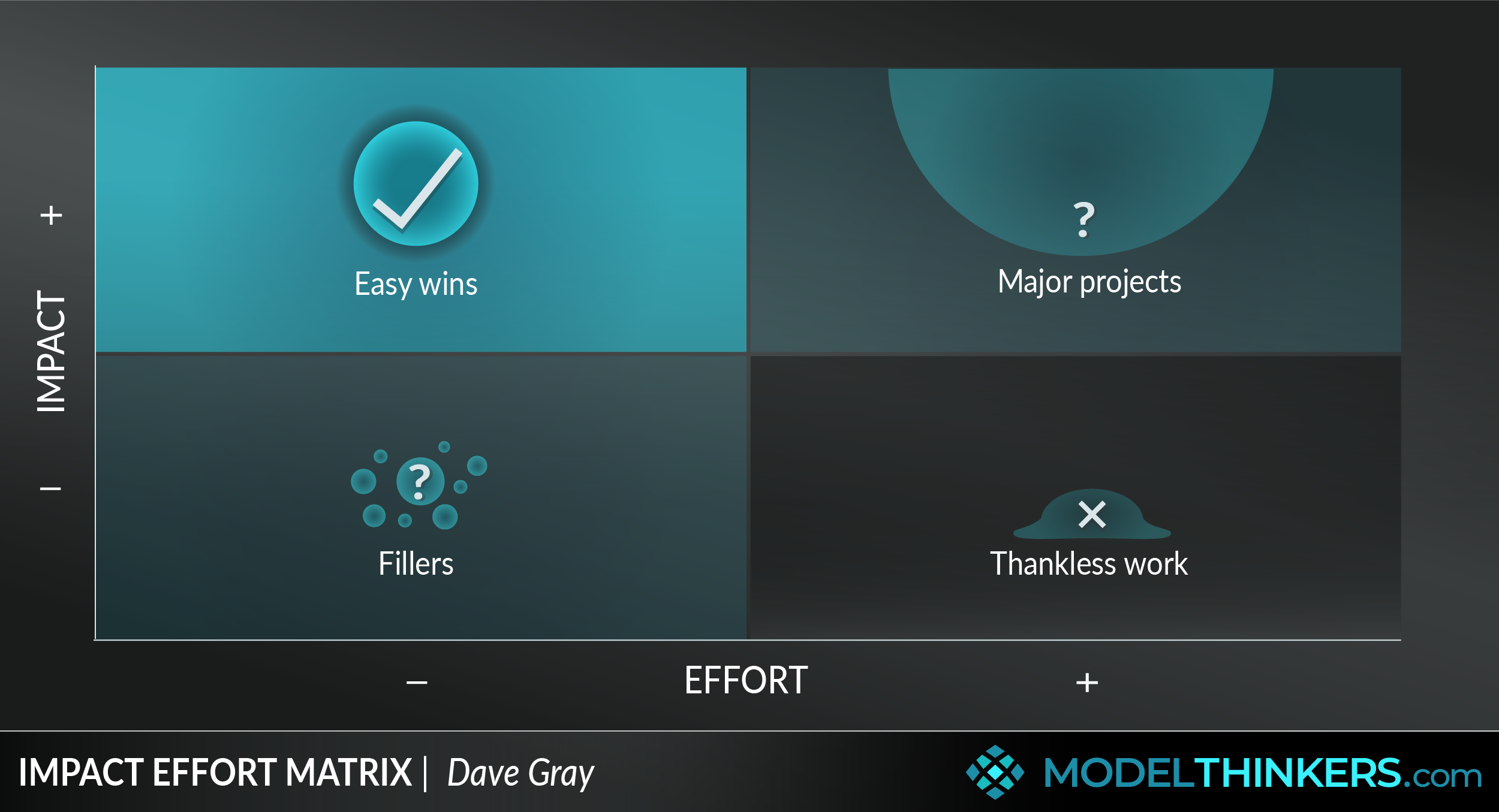
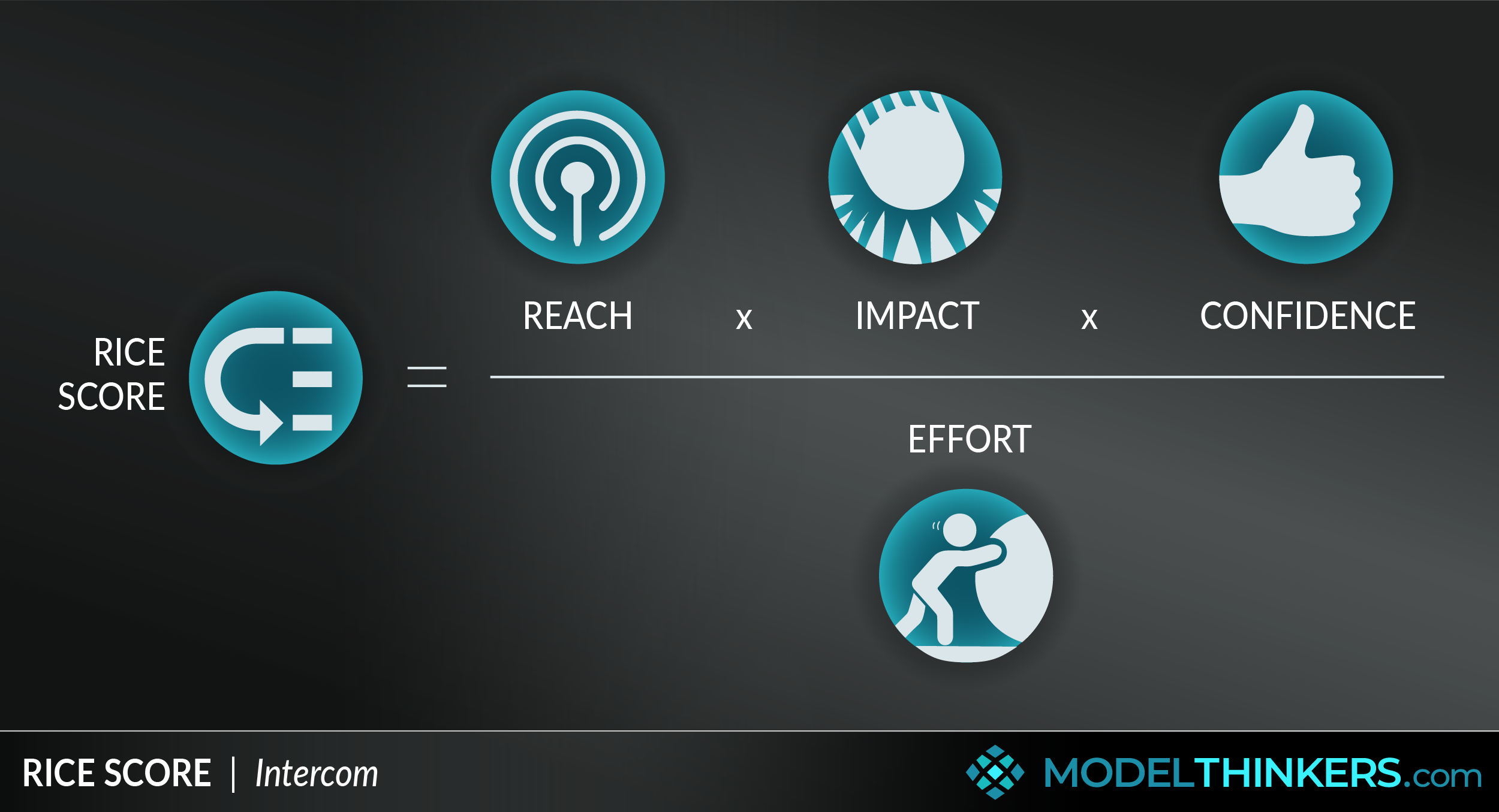

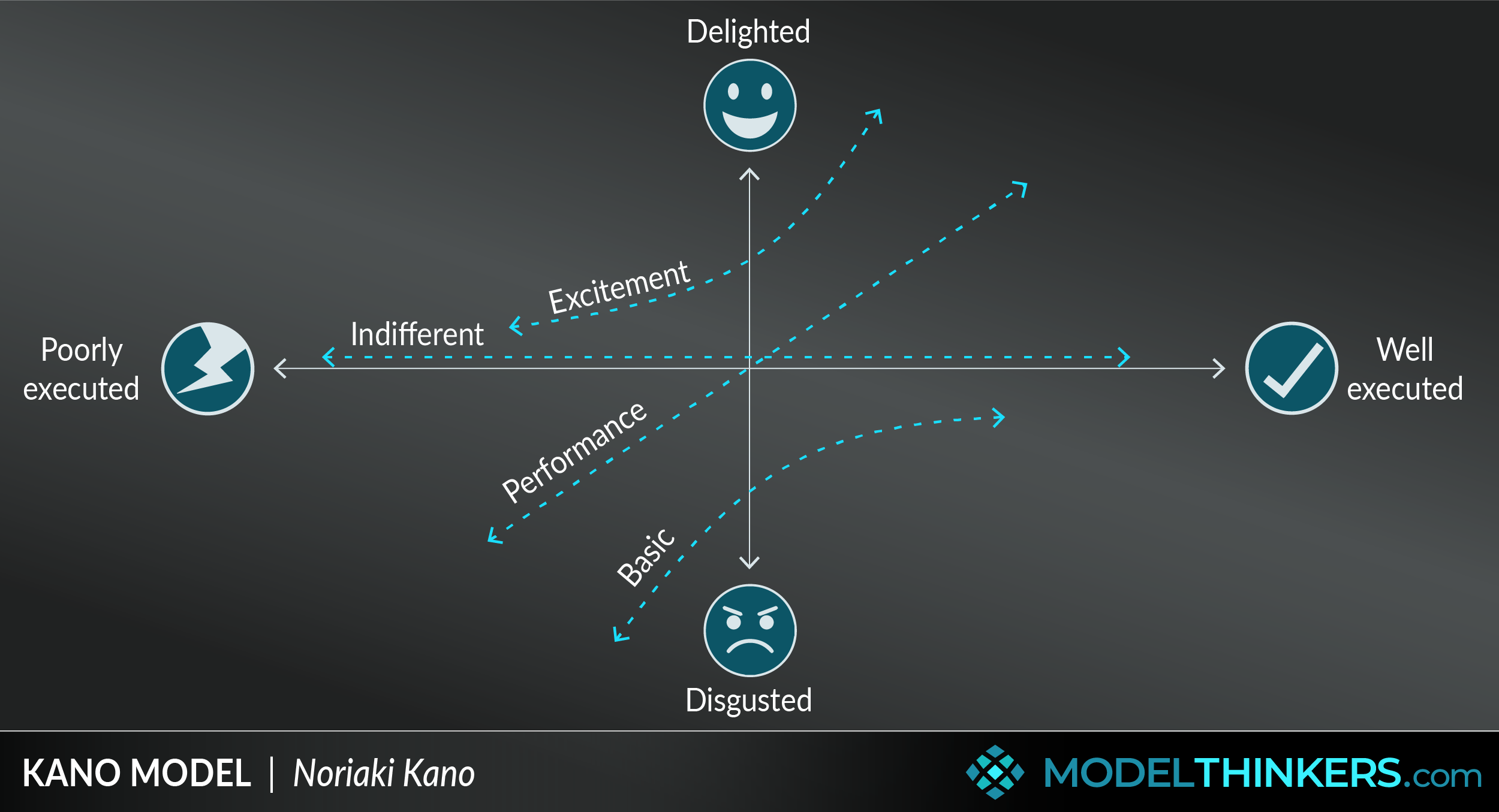
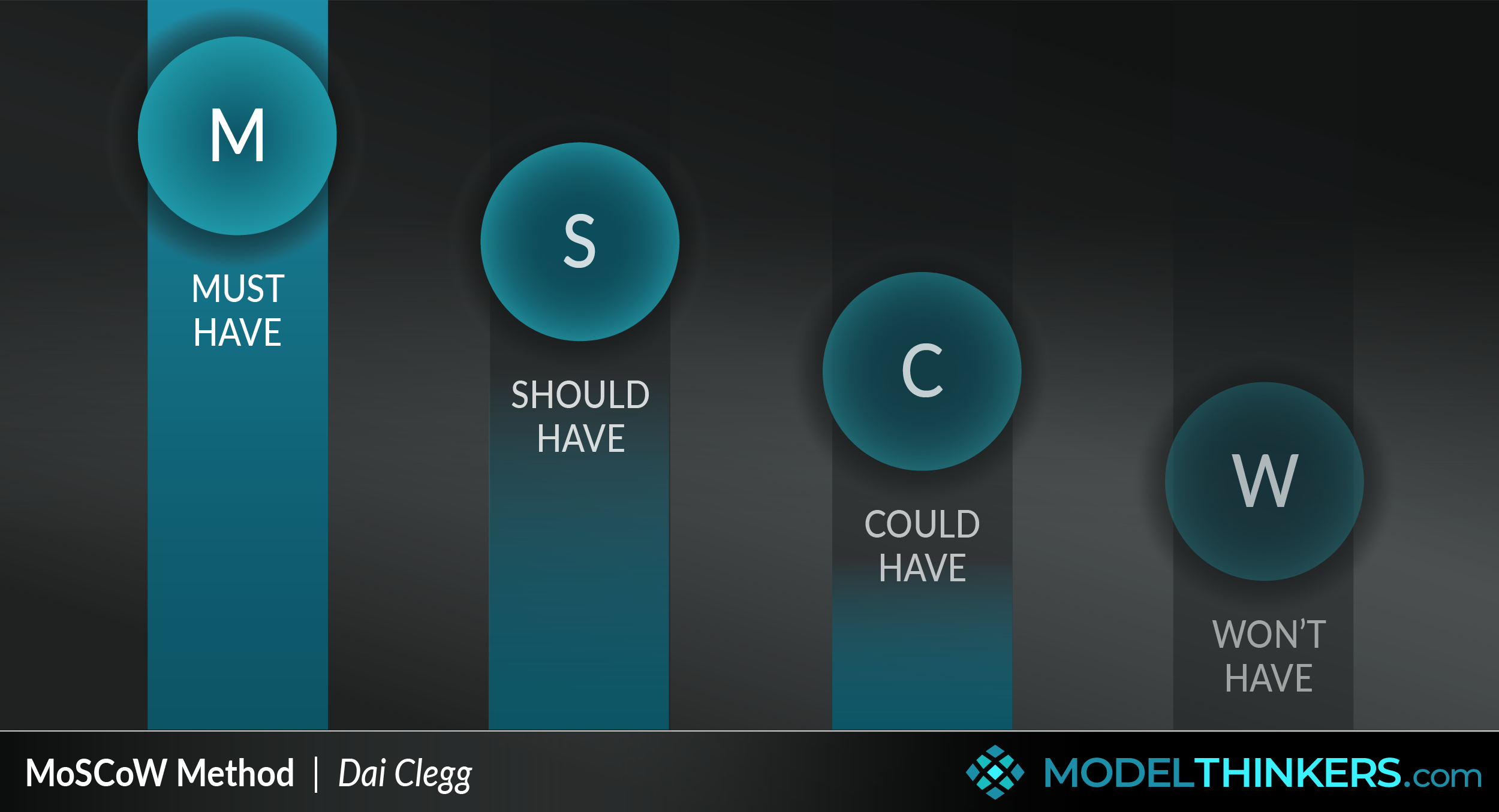

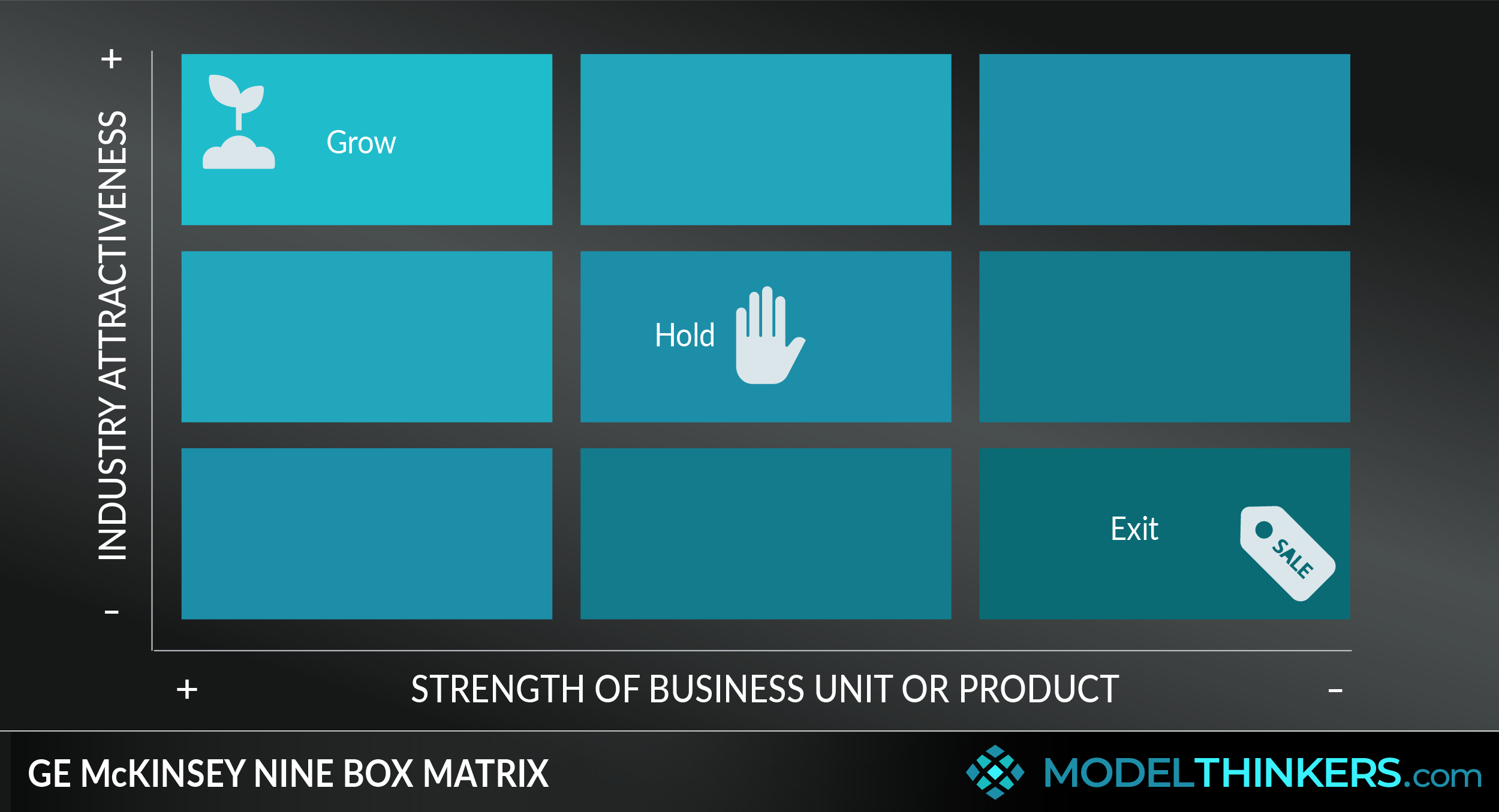
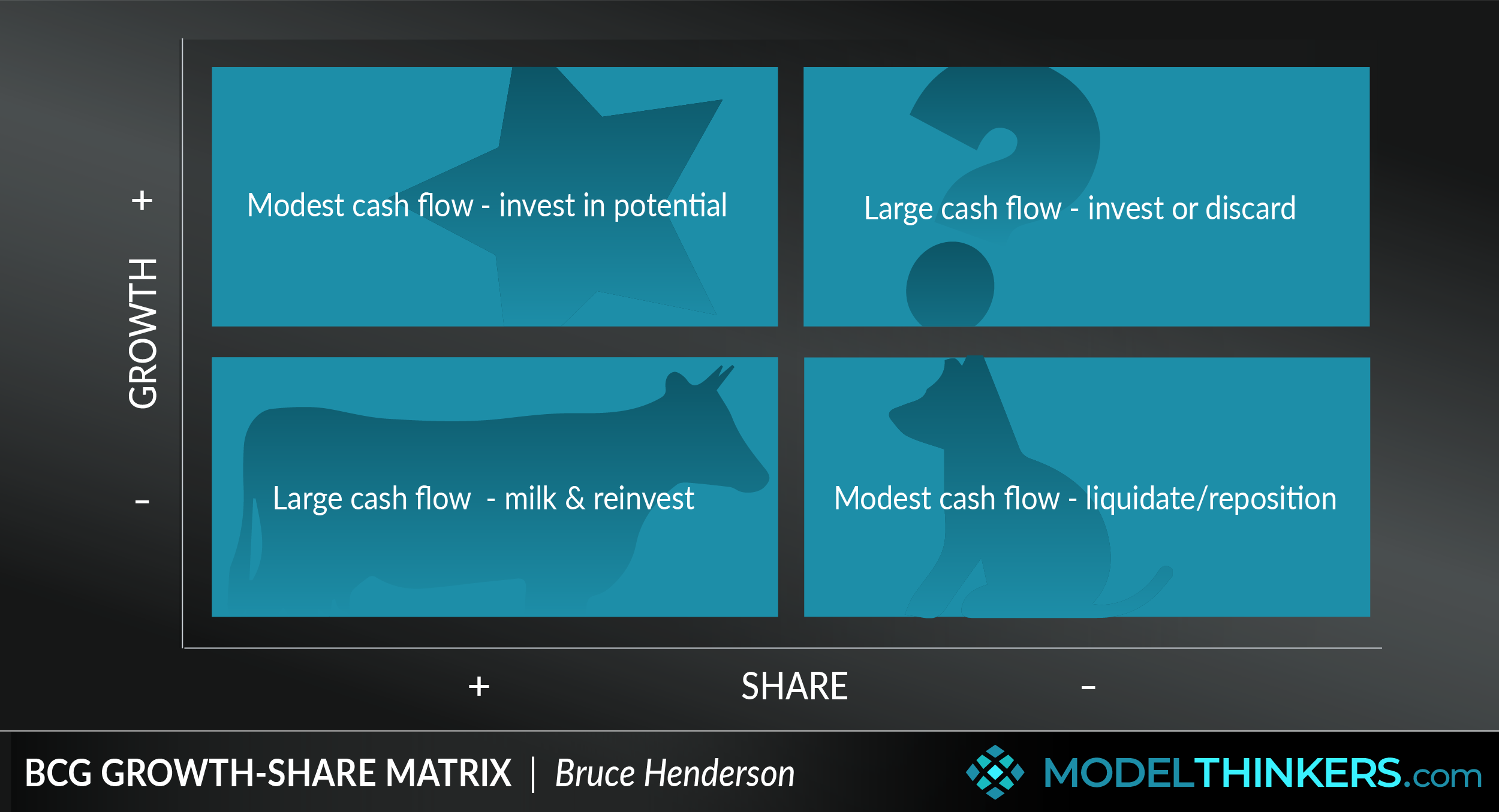
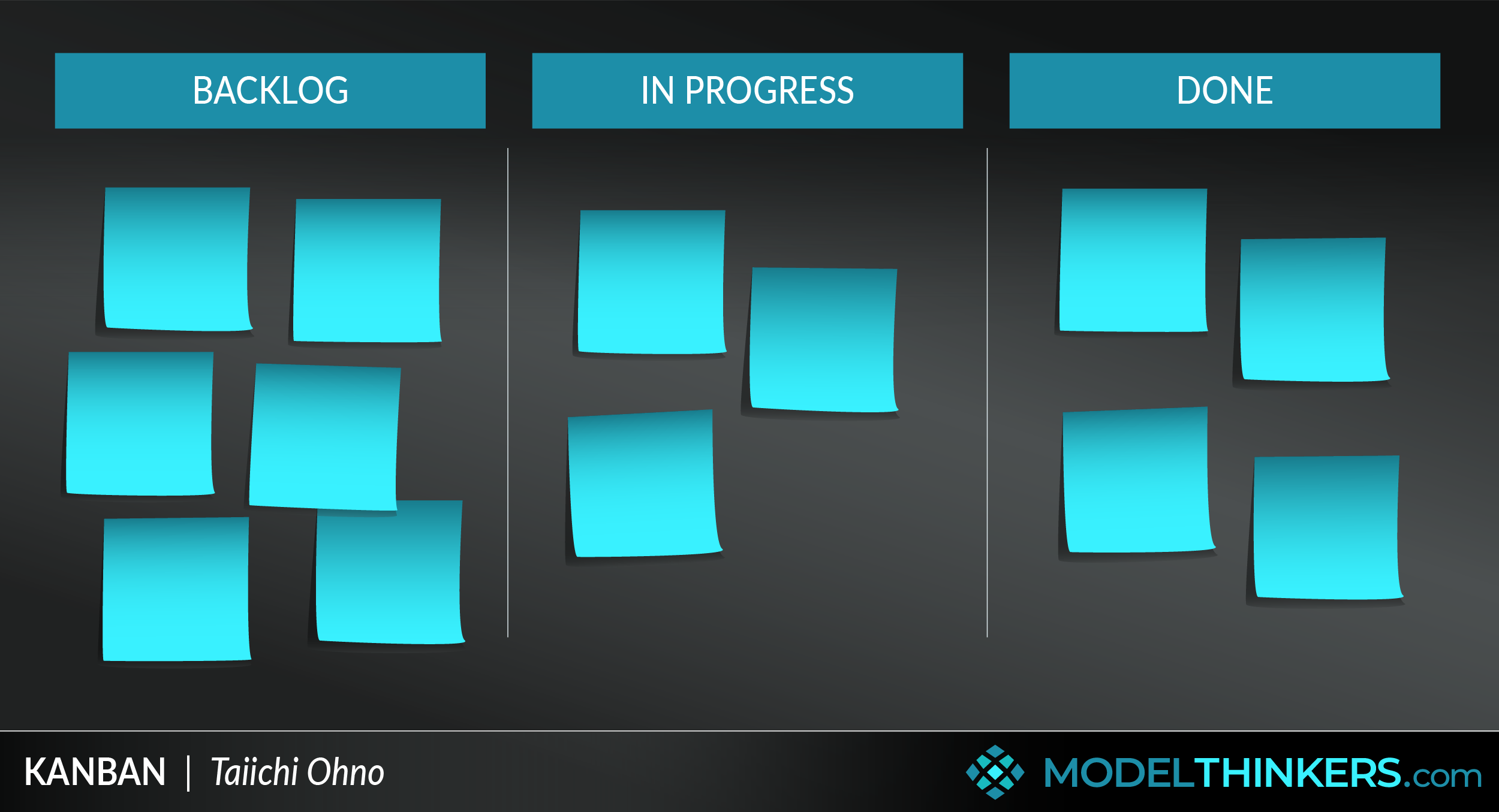
Premium content
Please do login or sign up to see premium contect
Subscription expired!
Please renew your subscription to access this feature.
 My Notes
My Notes




















